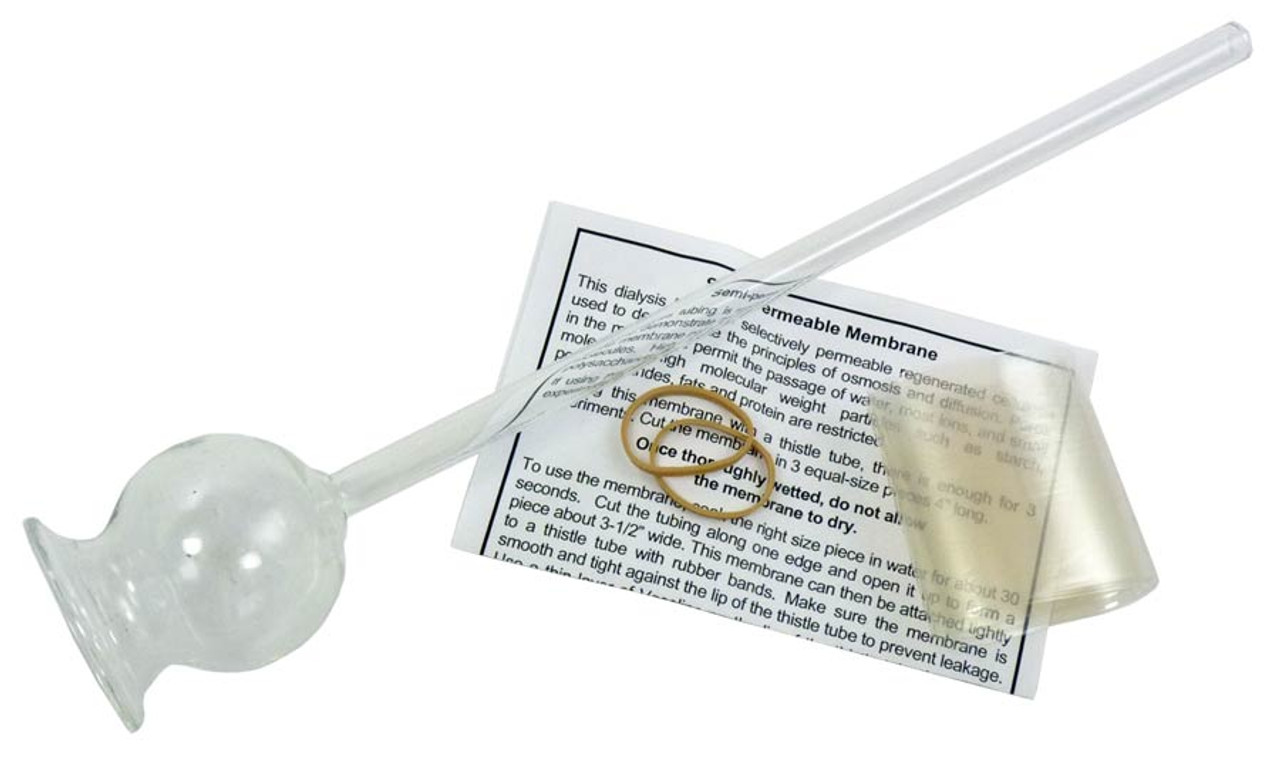Category: Glass
-
Arsenic: The Element of Surprise (and Murder)
Let’s dive into the sordid history of arsenic, the “King of Poisons” and the “Poison of Kings.” Our story begins in ancient times, when alchemists were busy trying to turn lead into gold. Little did they know, they were playing with fire – or rather, arsenic. These early mad scientists were probably the first to…
-

Flame Test
A flame test is relatively quick test for the presence of some elements in a sample. The technique is archaic and of questionable reliability, but once was a component of qualitative inorganic analysis. The phenomenon is related to pyrotechnics and atomic emission spectroscopy. The color of the flames is understood through the principles of atomic electron transition and photoemission, where varying elements require distinct energy levels (photons)…
-

Thistle tubes, thistle feeders, distelfinks and goldfinches
A thistle tube is a piece of laboratory glassware consisting of a shaft of tube, with a reservoir and funnel-like section at the top. Thistle tubes are typically used by chemists to add liquid to an existing system or apparatus. Thistle funnels are used to add small volumes of liquids to an exact position. Thistle funnels are found with or without taps. Since they’re…
-
The Devil’s Cocktail: A Tale of Glass, Flint, and Royal Curiosity
Picture this: It’s the 1740s, and the Royal Society – that illustrious club of powdered wigs and curious minds – is all abuzz about a devilish little contraption from Bologna, Italy. These aren’t your grandma’s pickle jars, oh no! These are Bologna bottles, also known as Bologna phials or philosophical vials, and they’re about to…
Recent Posts
- 🧬 Disease Table with Low Sodium Connection
- 🧂 Sodium Reduction and Sodium Replacement: A History of Reformulation and Exploding Diseases, Including Many Diseases Unheard of Before Deadly Sodium Policies
- 🧂 The DEADLY 1500 mg Sodium Recommendation predates the WHO’s formal global sodium reduction push by nearly a decade (and it’s even worse than that)
- 🧬 What Is Beta-Glucuronidase?
- When Sugar Was Salt: Crystalline Confusion and the Covenant of Sweetness
Tags
ADAM ASPARTAME Birds Blood Bones Brain Bugs Cancer Columba Cows crystallography Death Death cults Eggs Etymology Gastrin Gold Growth hormone History Hormones Insulin Liver Mere Perplexity Metal Monkey Business Mythology Paracetamol Plants Poison Pregnancy Protein Religion Reproduction Rocks Salt Slavery Snakes Sodium the birds and the bees Thiocyanate Tobacco Tylenol Underworld Venom zinc